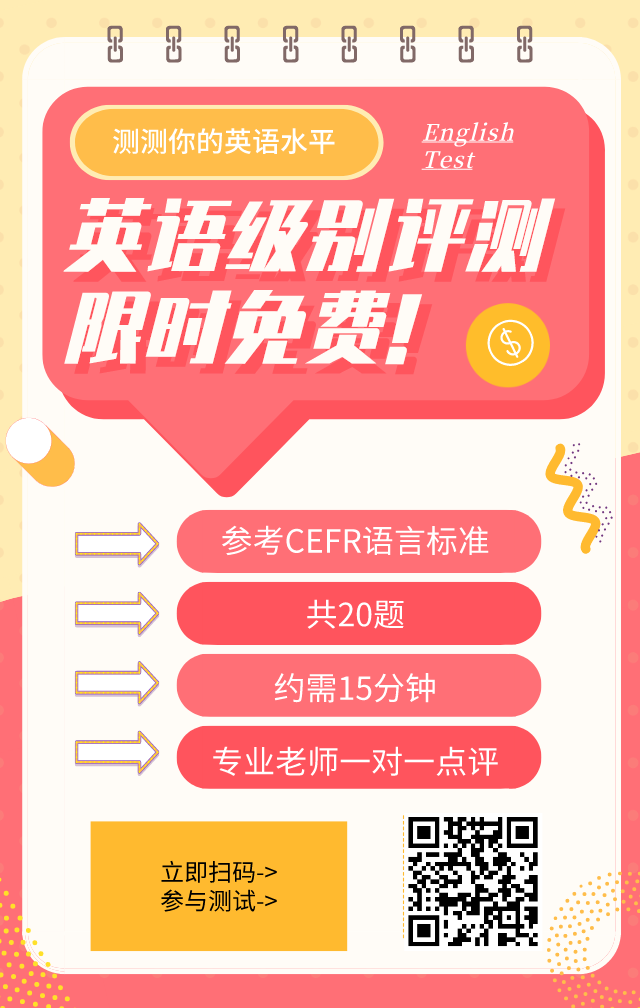“新中式”穿搭火了,因革是什么意思,该怎么翻译?
时间:2024-04-07 10:15:20 来源:平和英语村 作者:Elena
“新中式”穿搭越来越受到年轻人的追捧,不仅在衣服面料和设计方面保留了传统服饰的特点风韵,同时在颜色和风格上引领时尚潮流,成为年轻人的时尚单品。
“新中式”服饰的成功在展现了东方美学的儒雅特色的同时也离不开背后设计师对传统元素和现代潮流的创新结合,同时“新中式”的产出也推动其他行业产品的国潮上新。那么“因革”应如何翻译呢?一起来学习。
就让我们一起潜入历史的脉络,通过一系列的中华思想文化术语,体悟中华民族的精神实质,汲取思想智慧。
以下中英文内容来自中华思想文化术语传播工程核心成果——《中华思想文化术语》丛书。
引例
子曰:“殷因于夏礼,所损益,可知也;周因于殷礼,所损益,可知也。其或继周者,虽百世可知也。” (《论语•为政》)
Confucius said: “The Shang Dynasty inherited the Xia Dynasty’s codes of etiquette with abridgments and additions, which can be known. The Zhou Dynasty followed the Shang’s codes of etiquette with abridgments and additions, which can also be known. Therefore, if there should be a successor to the Zhou Dynasty, even a hundred generations from now, its codes of etiquette could be foretold.” (The Analects)
行事之法与“时”一起变化。出自《周易·彖下》。“时”即时间,也指事物发展过程中出现的时机或时运。在“时”所规定的境遇中,有着与之相适应的处事之法。“时”的出现与消失及其对人事的影响,体现着天道、人事的运行法则。人应认识并把握“时”的变化,采取与“时”相适应的行动。
引例
损益盈虚,与时偕行。(《周易·彖下》)
Either to decrease or to increase, to inflate or to deflate: all should go with the times. (The Book of Changes)
国家的制度和法令随时代而改变,社会的礼义随风俗而变化。法:既指制度和律法,还包括由统治者颁布的各种政令。时:指时代、时势。礼:主要指社会的道德规范和行为准则。俗:除了习俗、风气,还包括国情民意。
它认为一切都是变化发展的,制度、法令与礼义也应随着时代的发展而做出相应的调整。它反对因循守旧,主张创新变革,一切以顺应时势和国情民意为治国理政的根本原则。它是《周易》“与时偕行”这一思想的发挥,也蕴含儒家所倡导的“民本”思想。
In the context of this term, “laws” refers to the administrative edicts of a ruler as well as institutions and laws. “Times” refers primarily to the prevailing social conditions. “Rites” mainly refer to a society’s moral norms and codes of conduct. In addition to social conventions and mores, “customs” also include popular sentiment.
This expression means since everything is constantly changing and evolving, institutions, laws and rites must change correspondingly. It opposes being bound by tradition, favors innovation and change, and espouses the basic principle that a country’s governance should follow the times and respond to popular will. This is an example of the concept of “going with the times” contained in The Book of Changes, and it also resonates with the concept of “putting the people first” advocated by Confucianism.
引例
故圣人法与时变,礼与俗化。衣服器械,各便其用;法度制令,各因其宜。(《文子·上义》)
Thus when a sage rules, laws change with the evolving times and rites shift along with changing customs. Clothes and instruments are made to suit their uses, laws and edicts are adopted to meet actual needs. (Wenzi)
想了解更多英语资讯,请扫码加曾老师微信:

本文链接:https://www.pinghe.com/StudentStyle/learning-material/9925.html
更多内容
- 全国首只柯基警犬亮相!2024-03-27
- 英媒:有人目击凯特王妃现身2024-03-19
- 看《沙丘2》前,最好知道这几件事……2024-03-13
- “霉霉”新加坡开6场演唱会,周边国家吵起来了!2024-03-07
- “考研成绩”霸屏热搜,“上岸”用英语怎么说?2024-02-28
马上评估您的学习费用



 全部课程
全部课程






 粤ICP备11066329号-2
粤ICP备11066329号-2
 粤公网安备 44040202000471号
粤公网安备 44040202000471号
